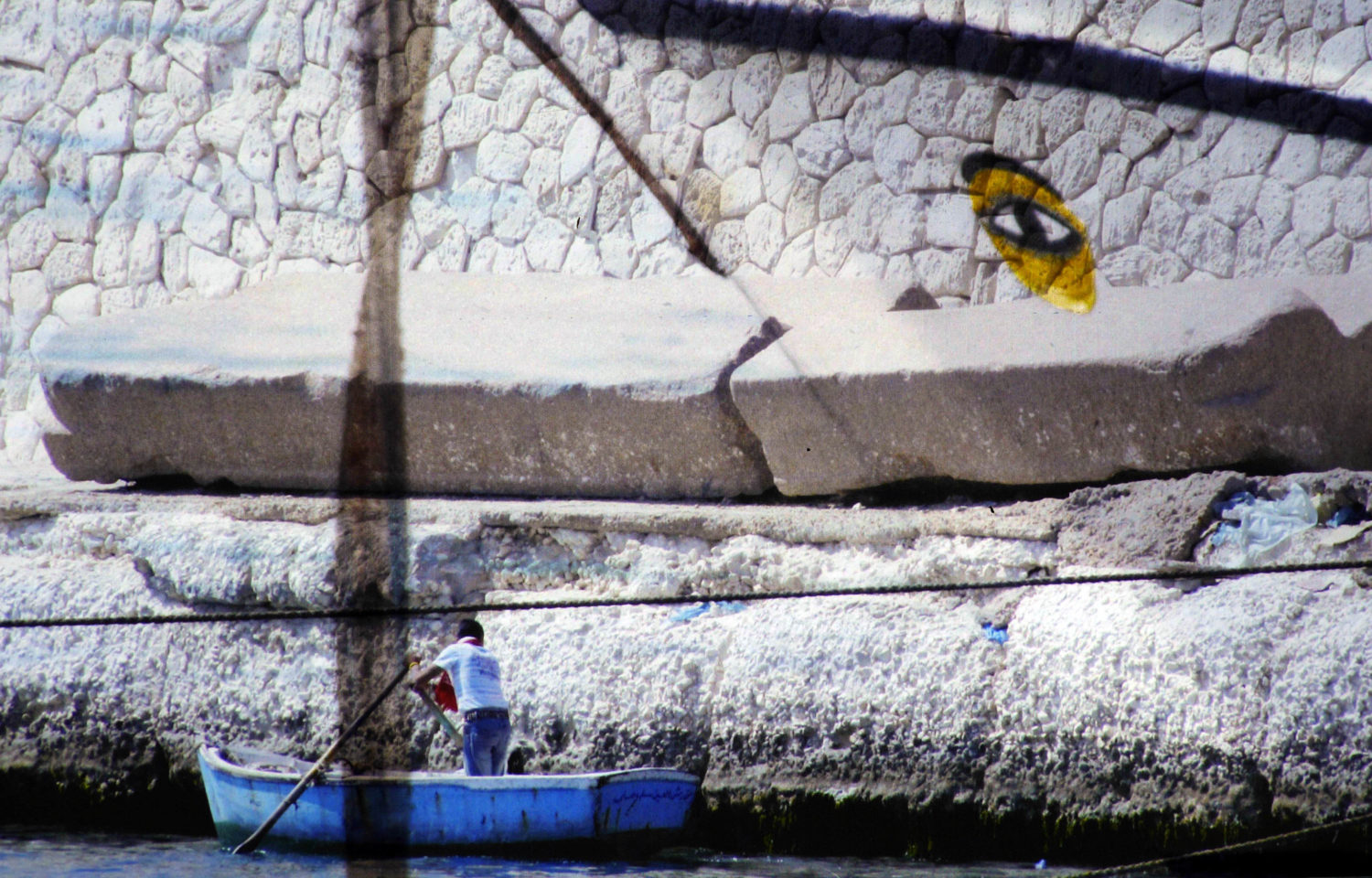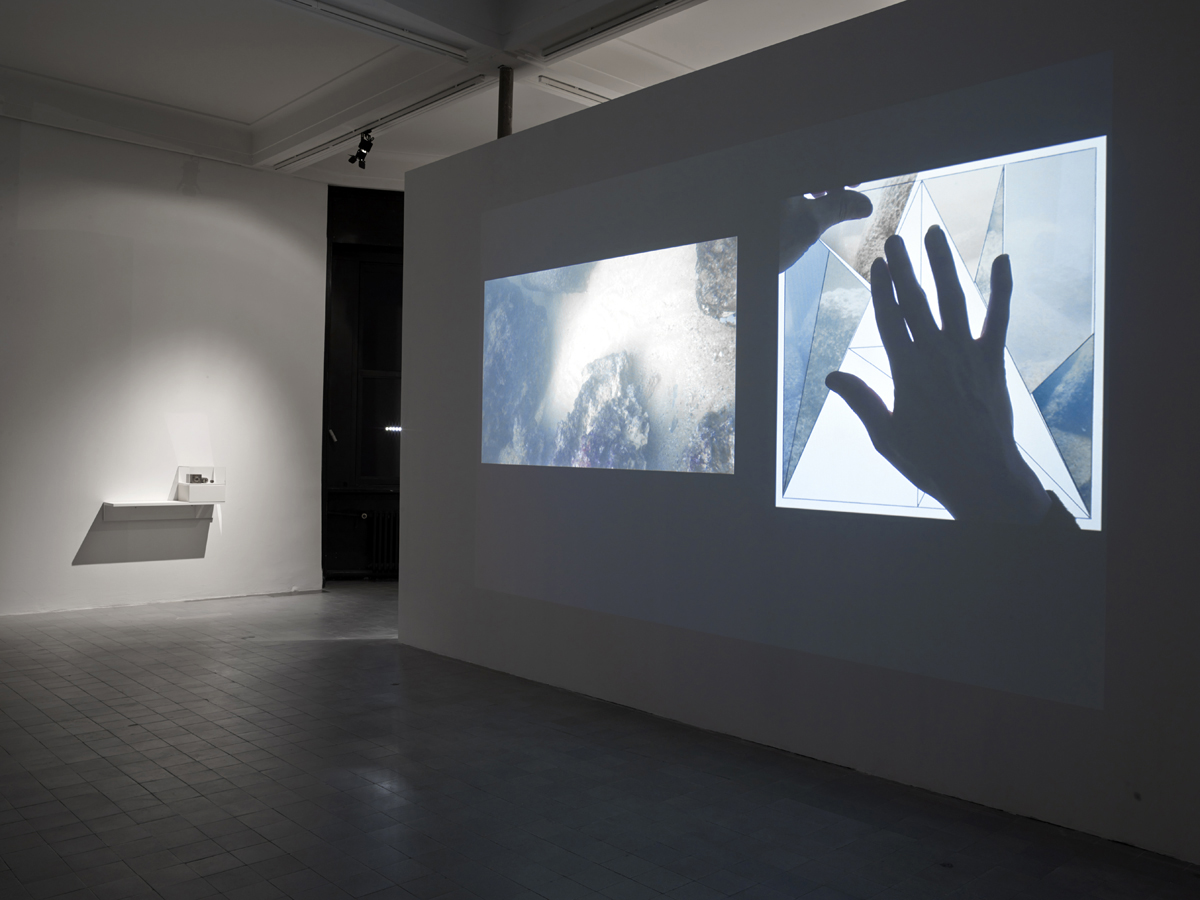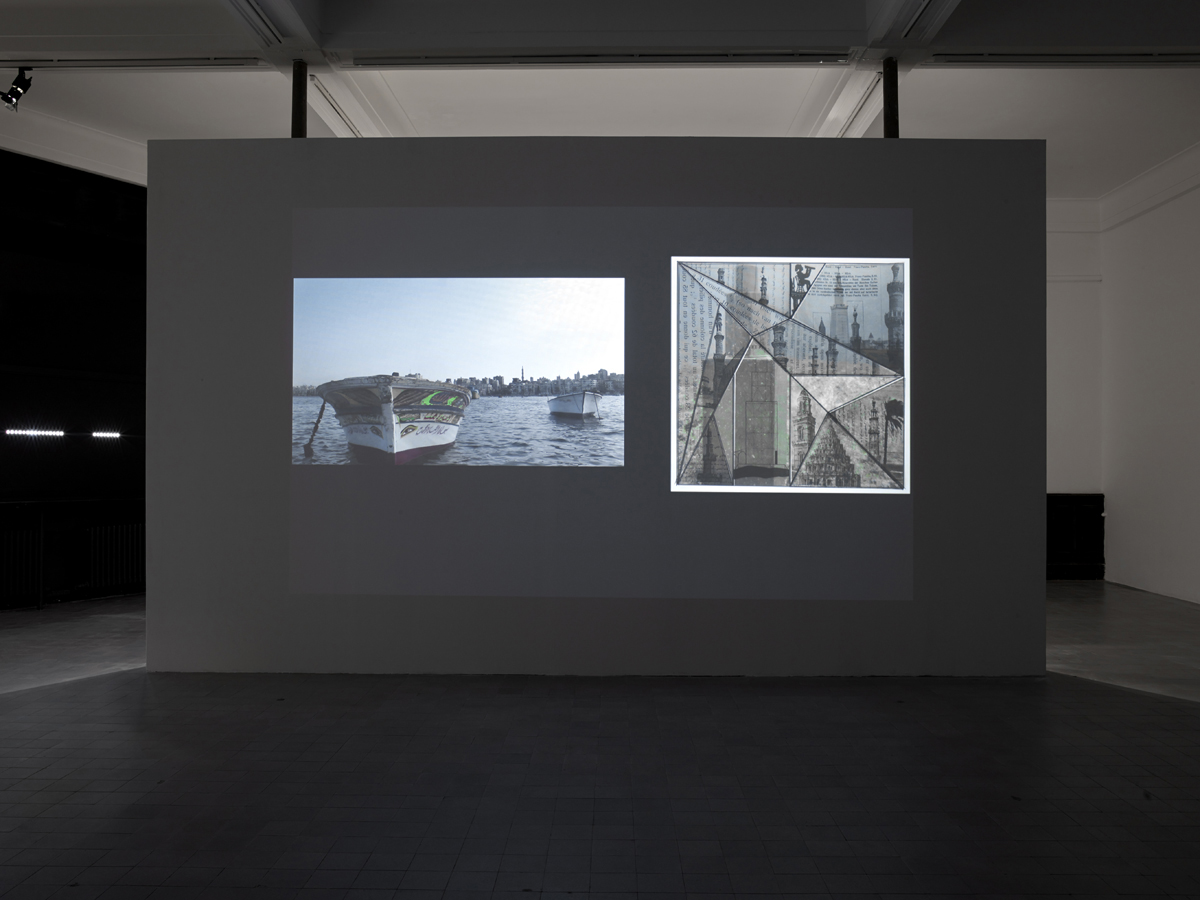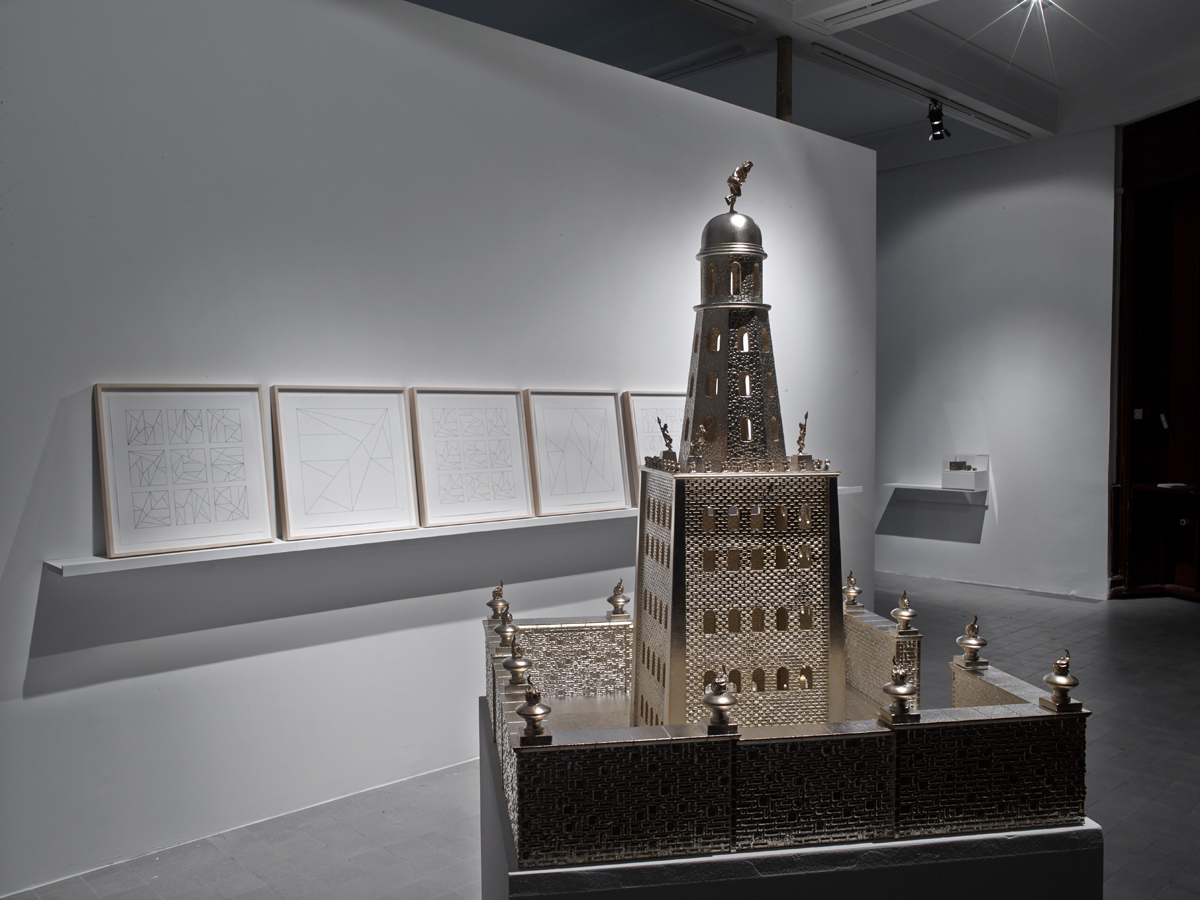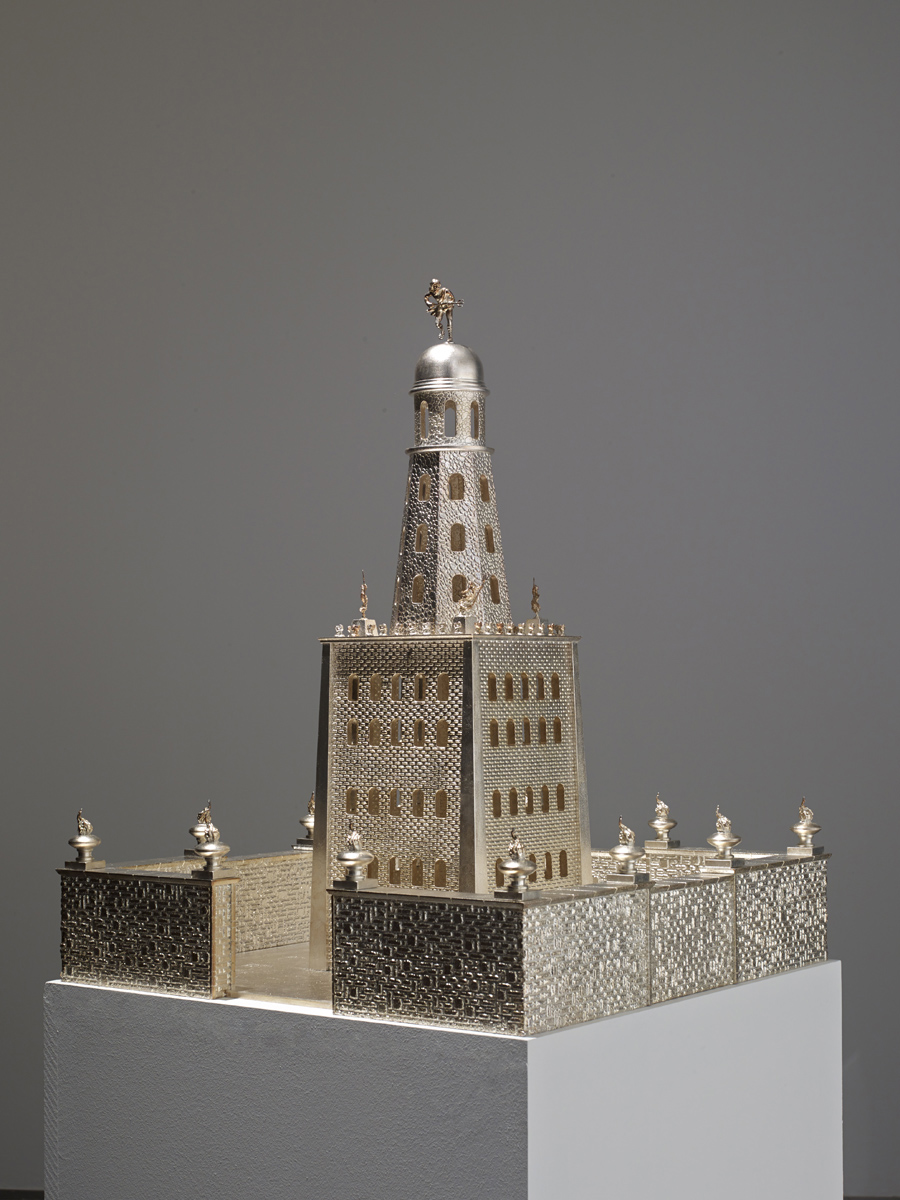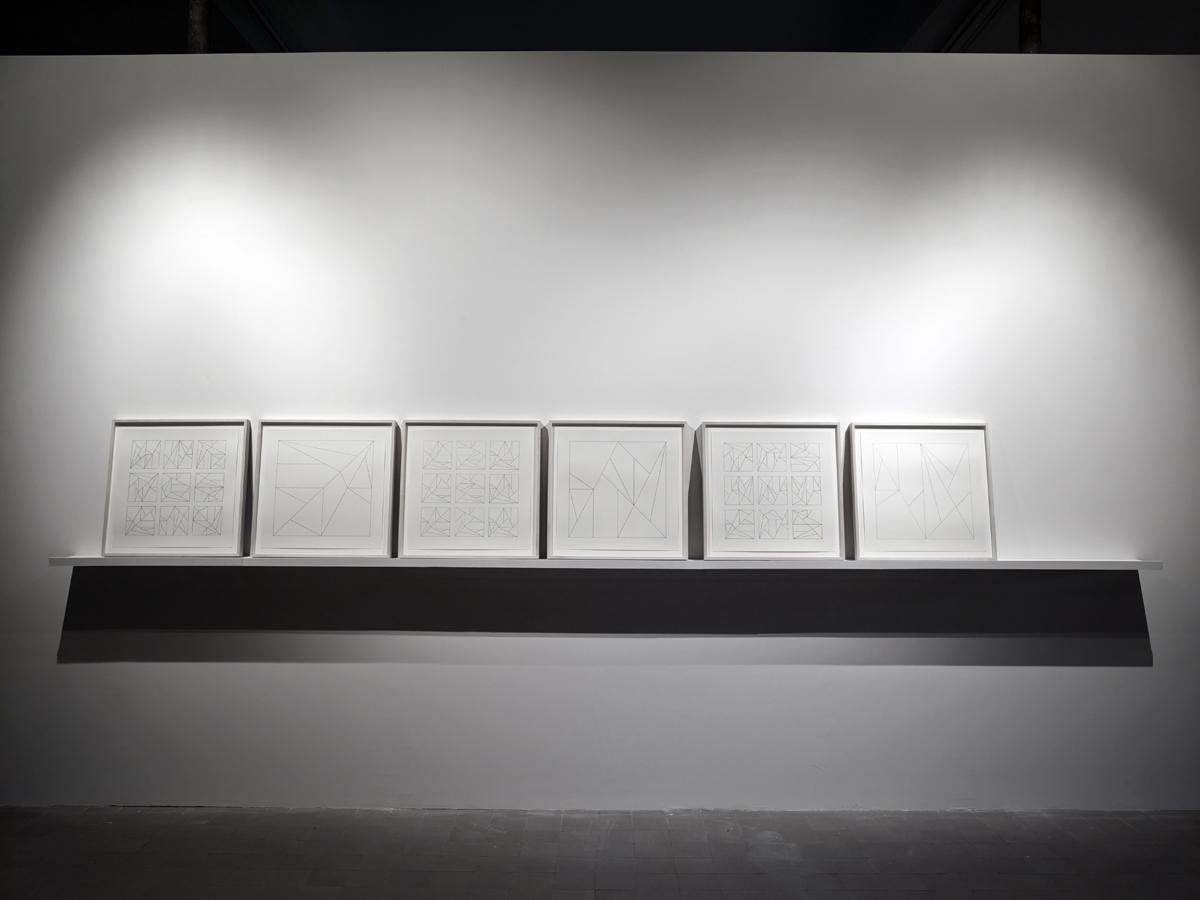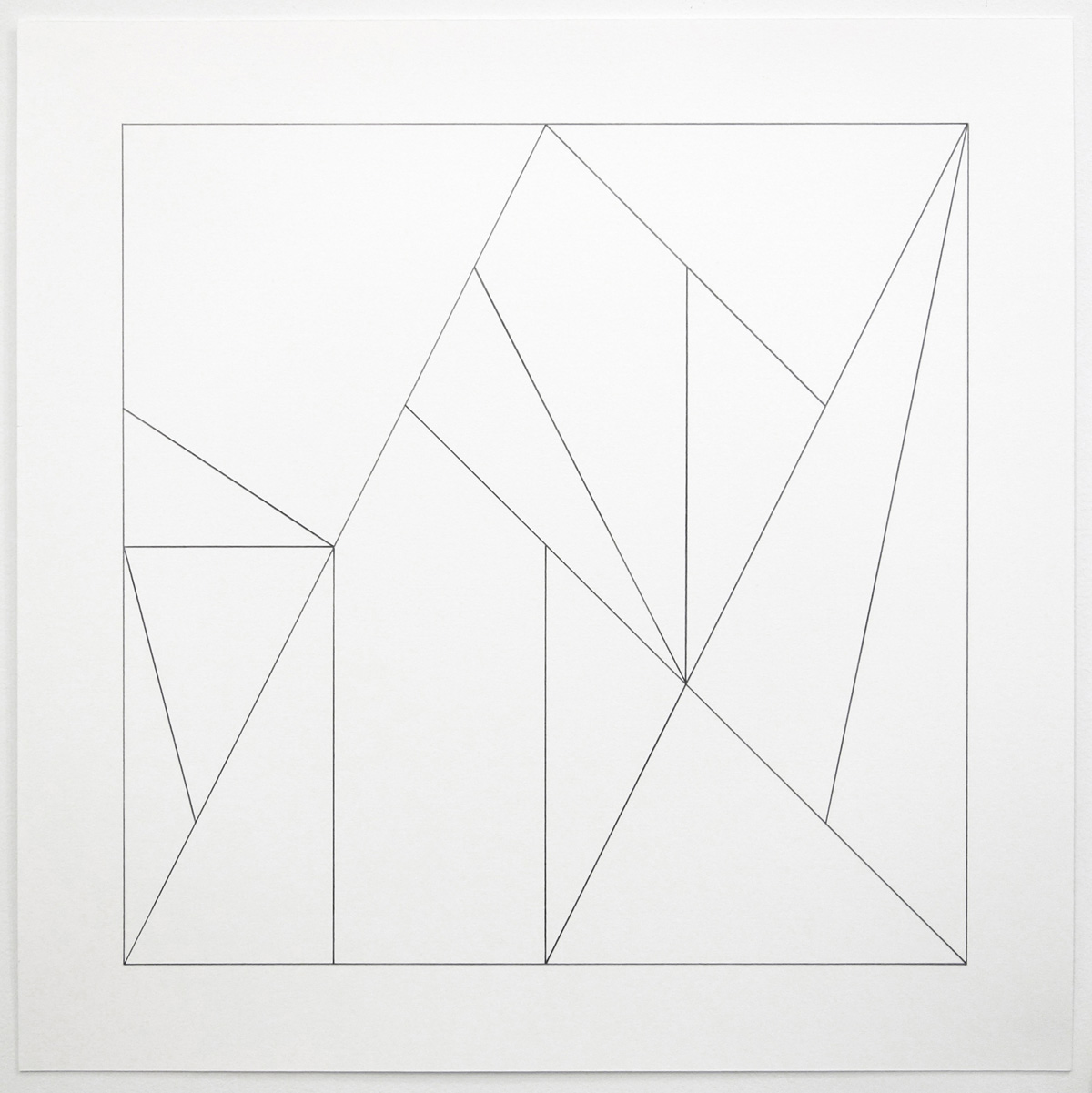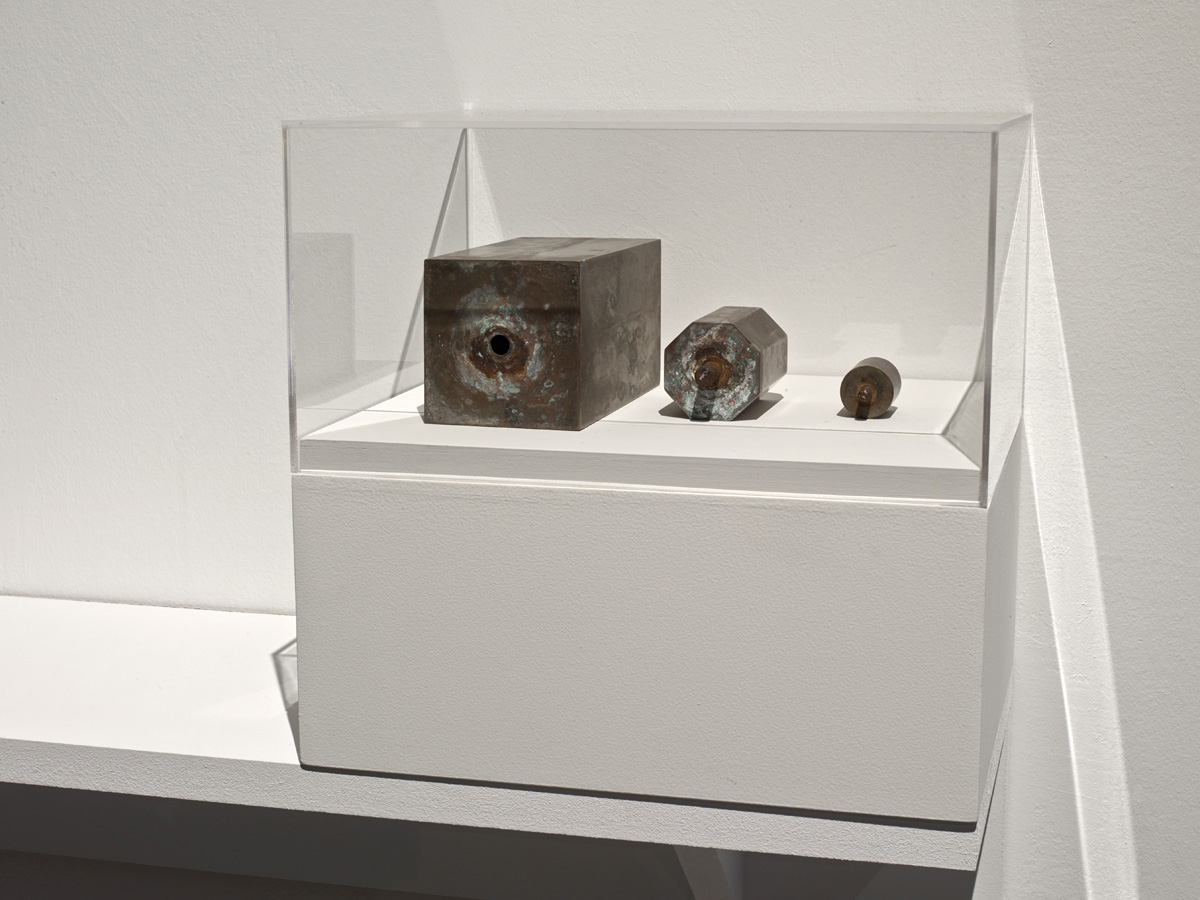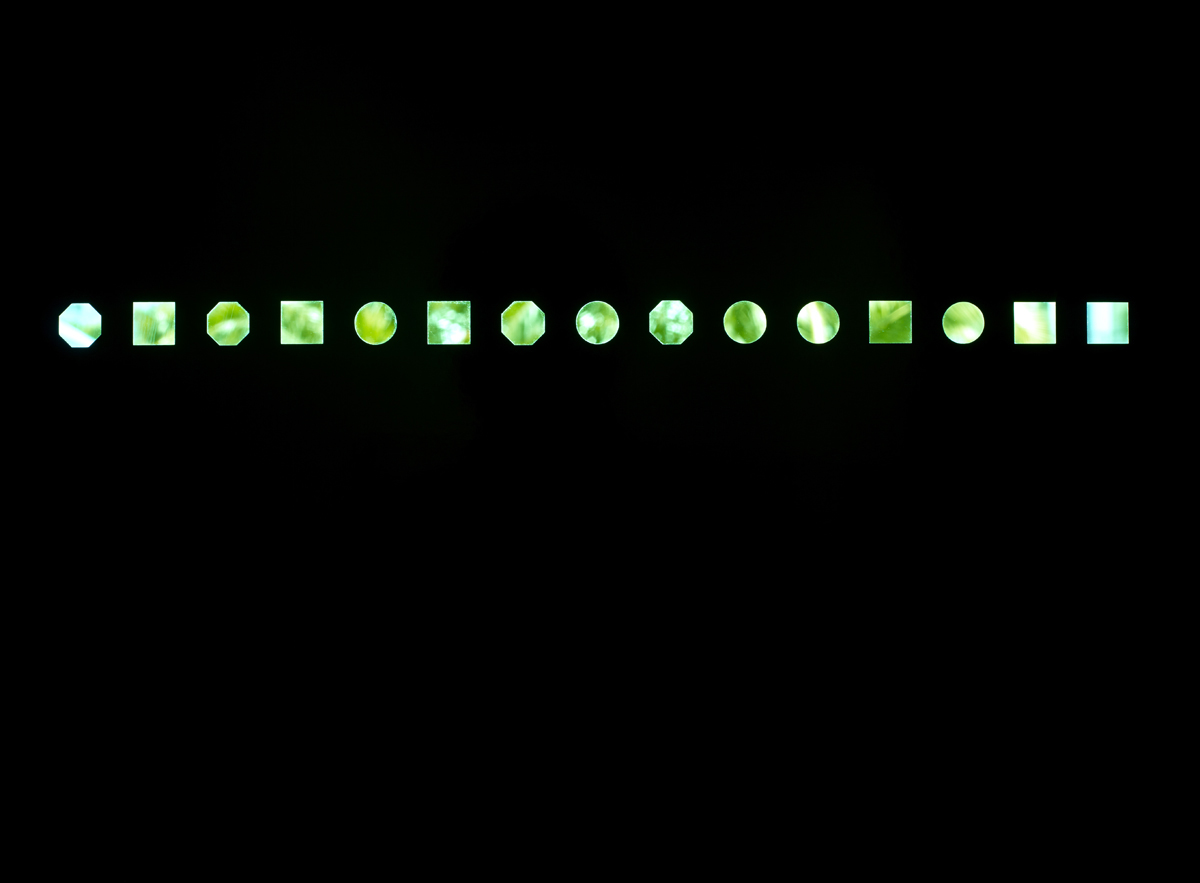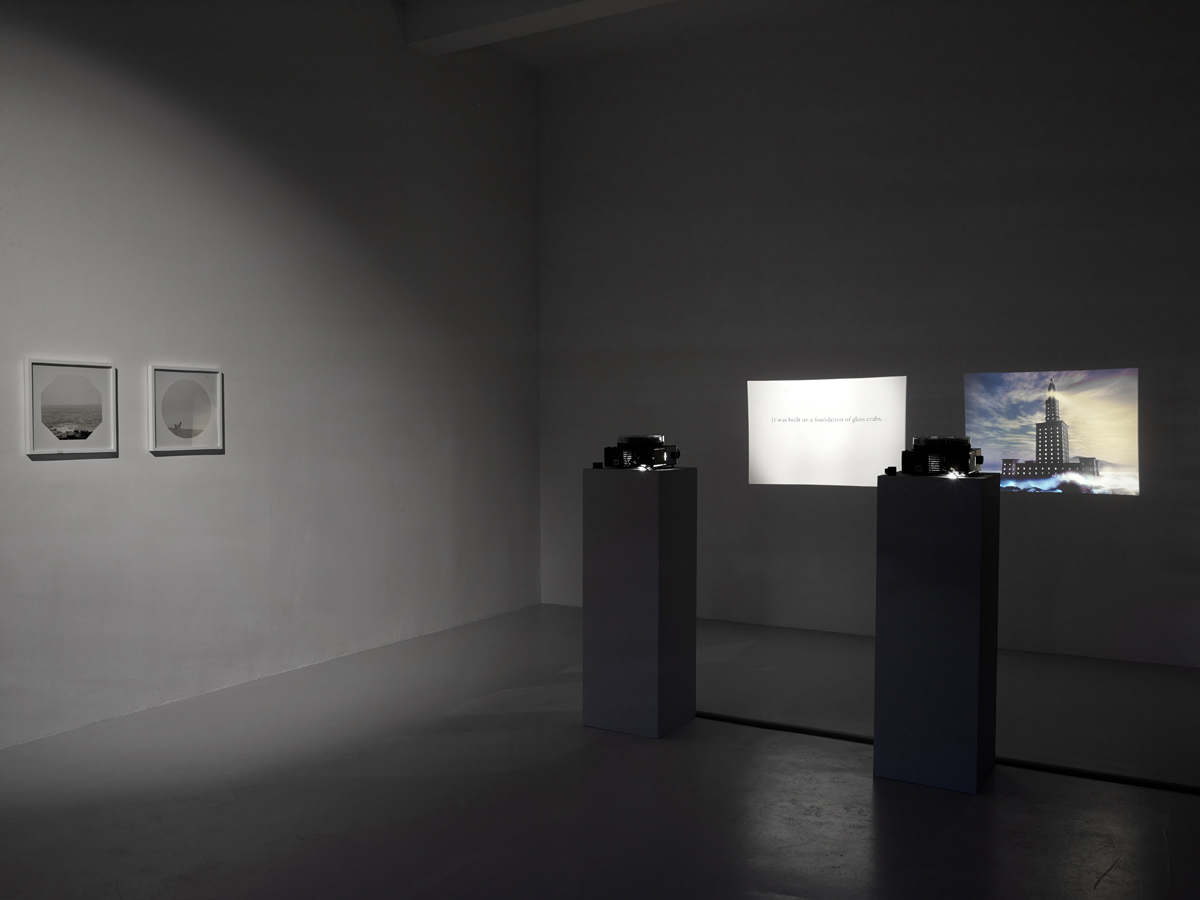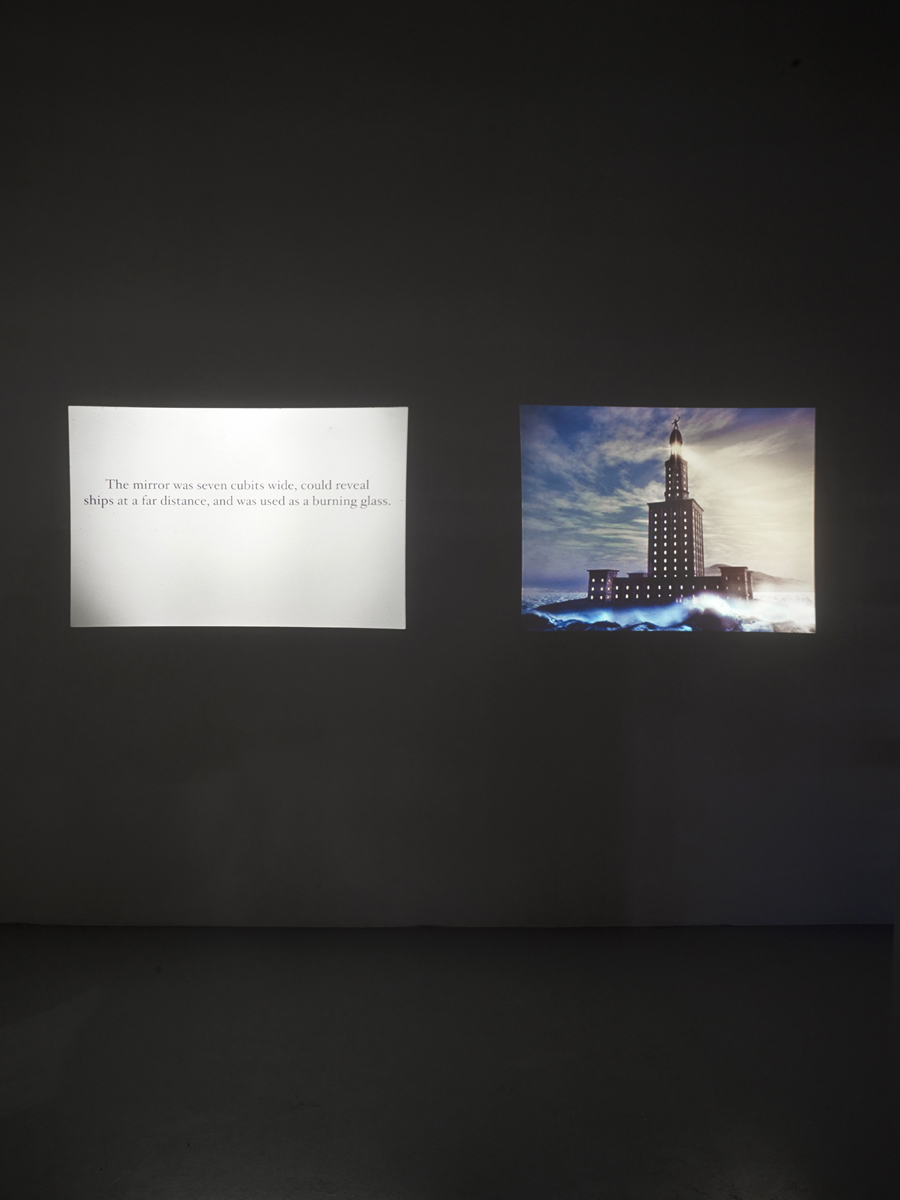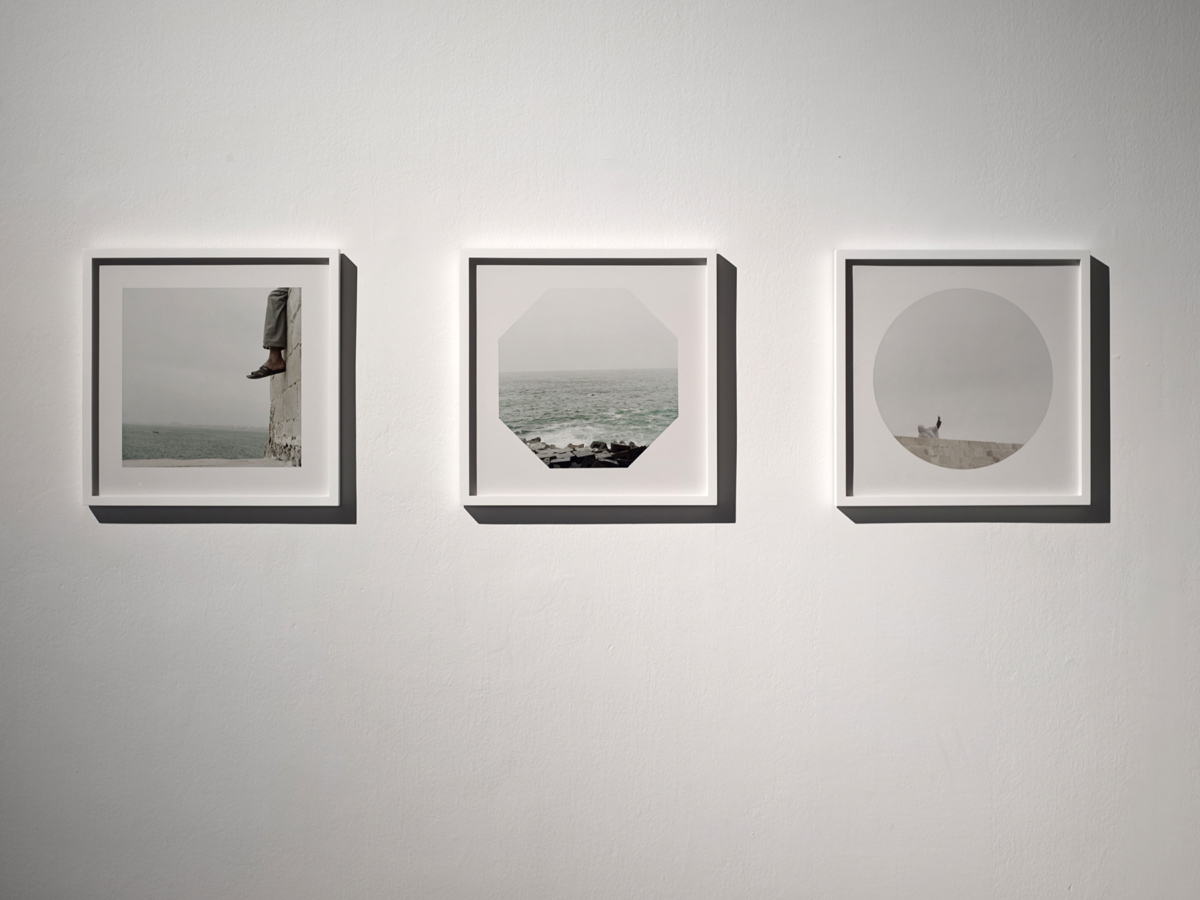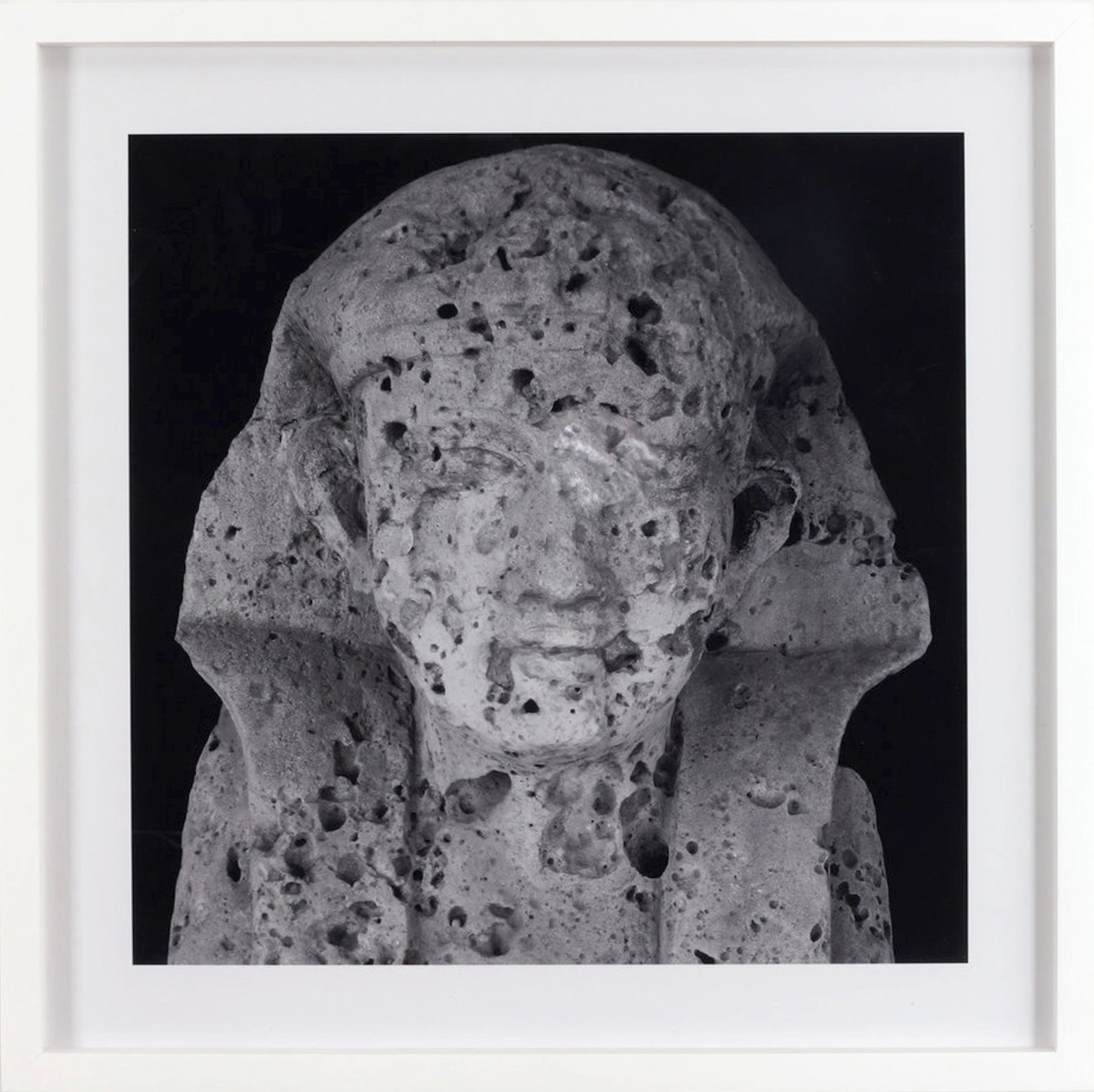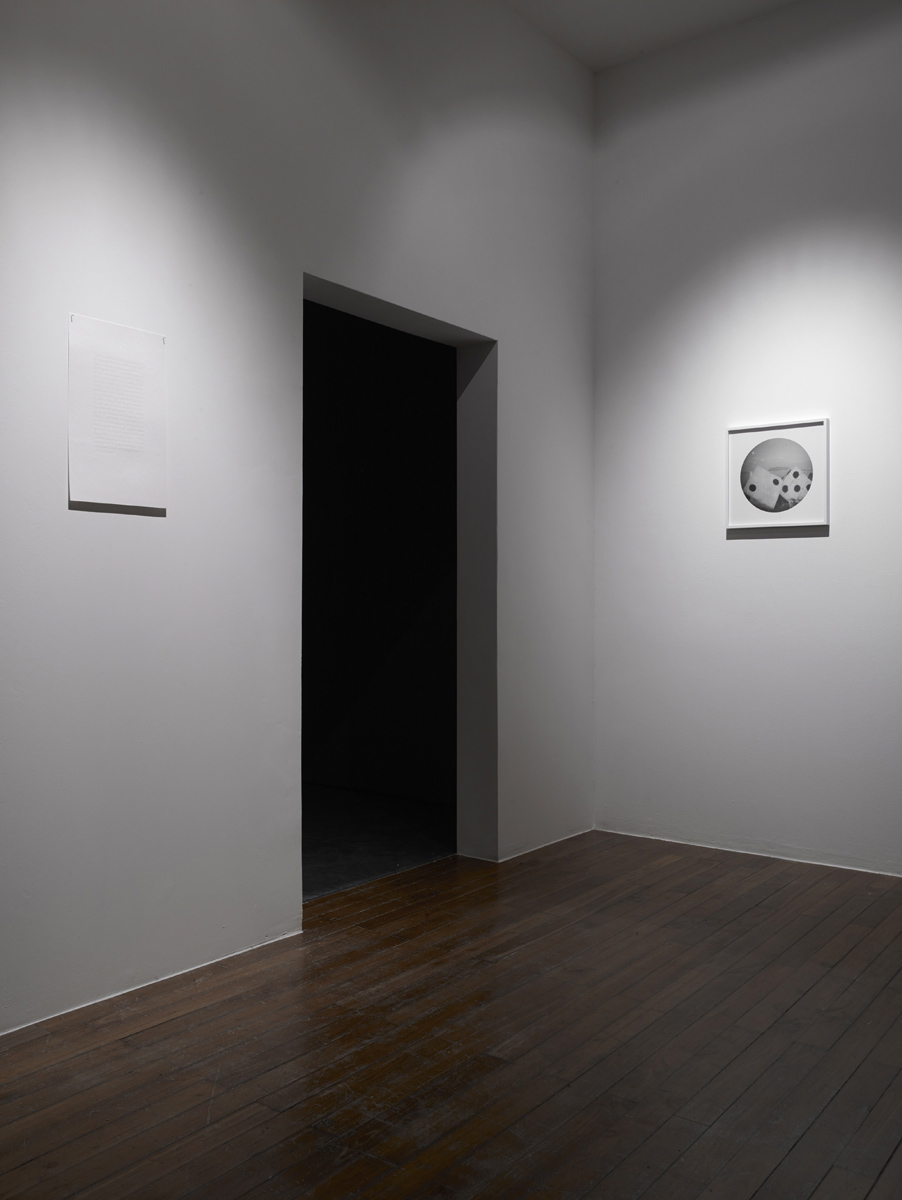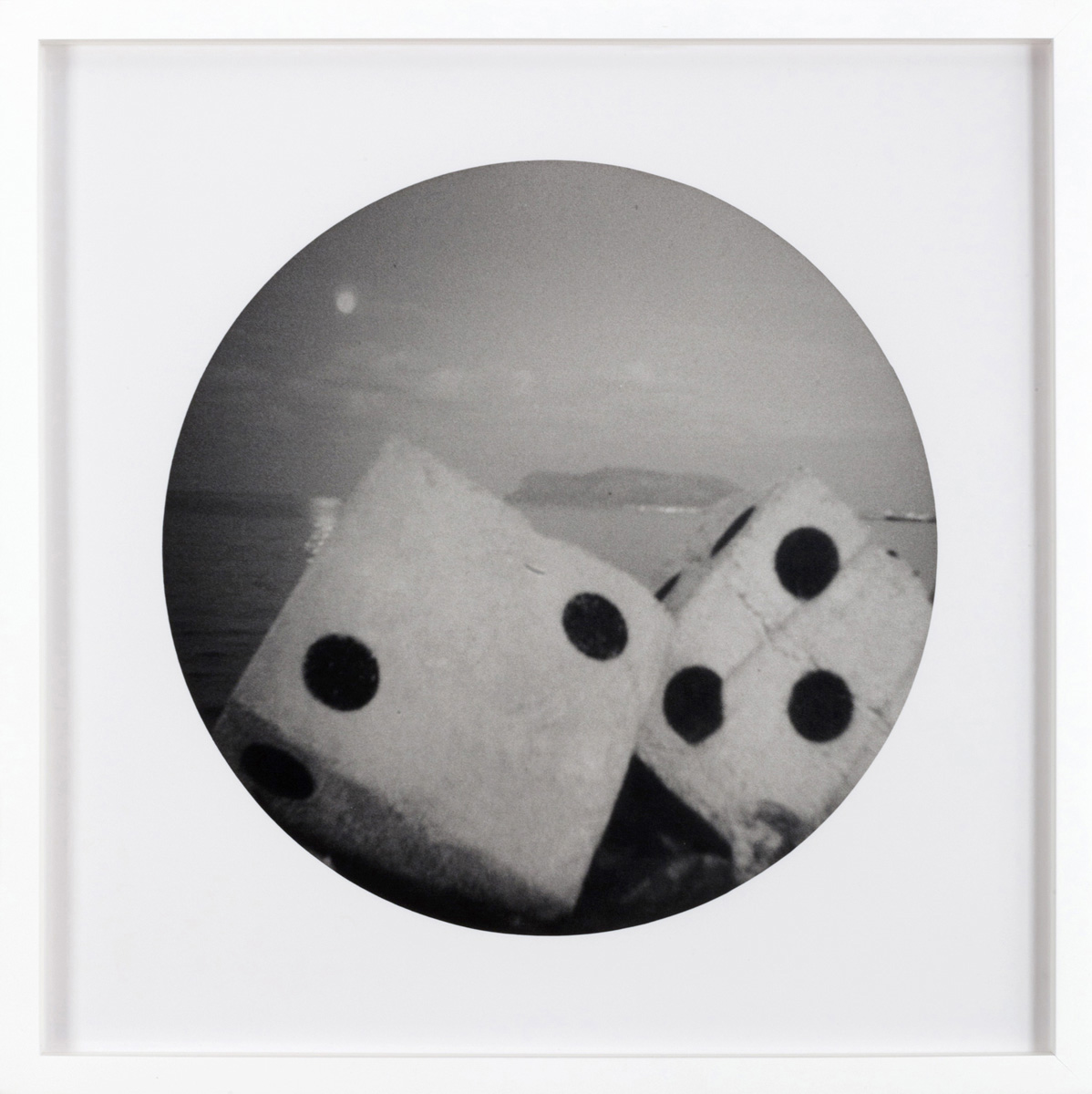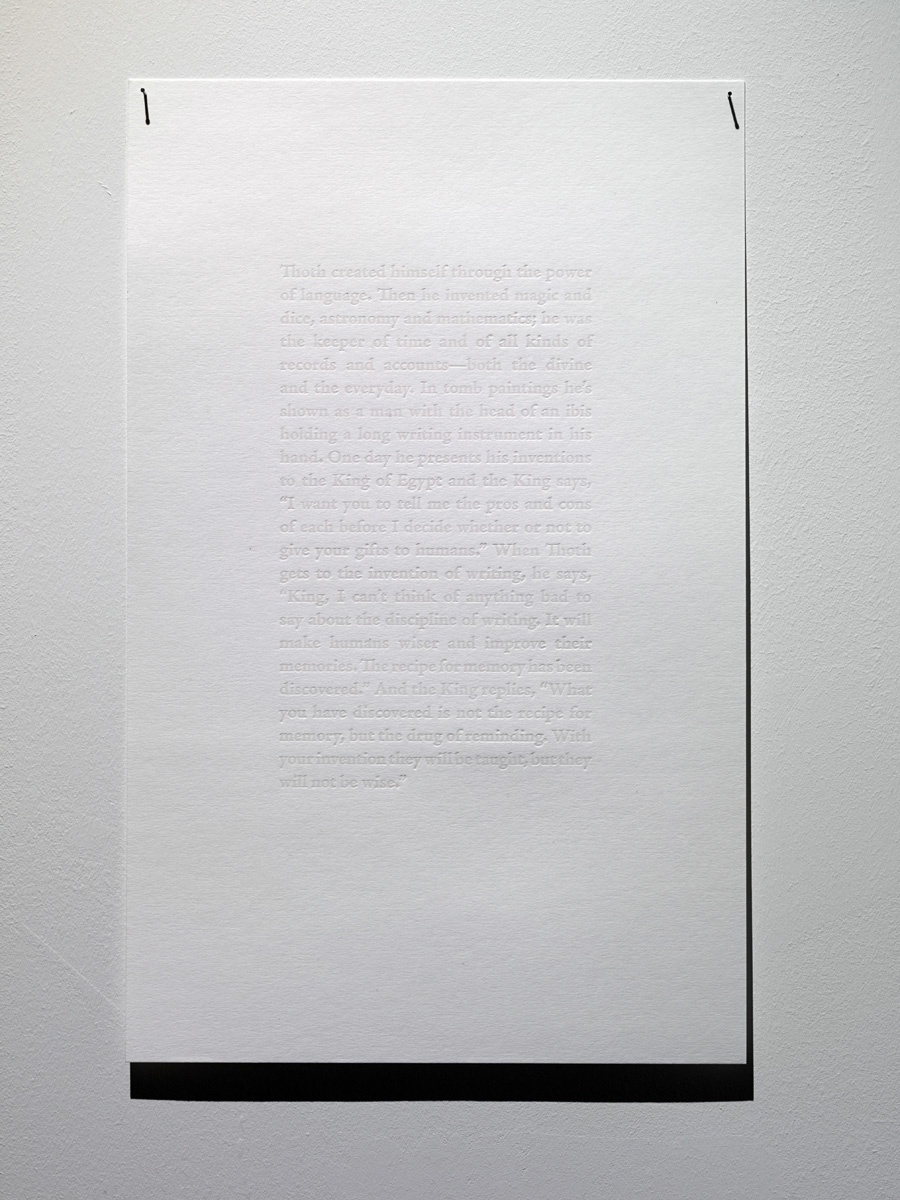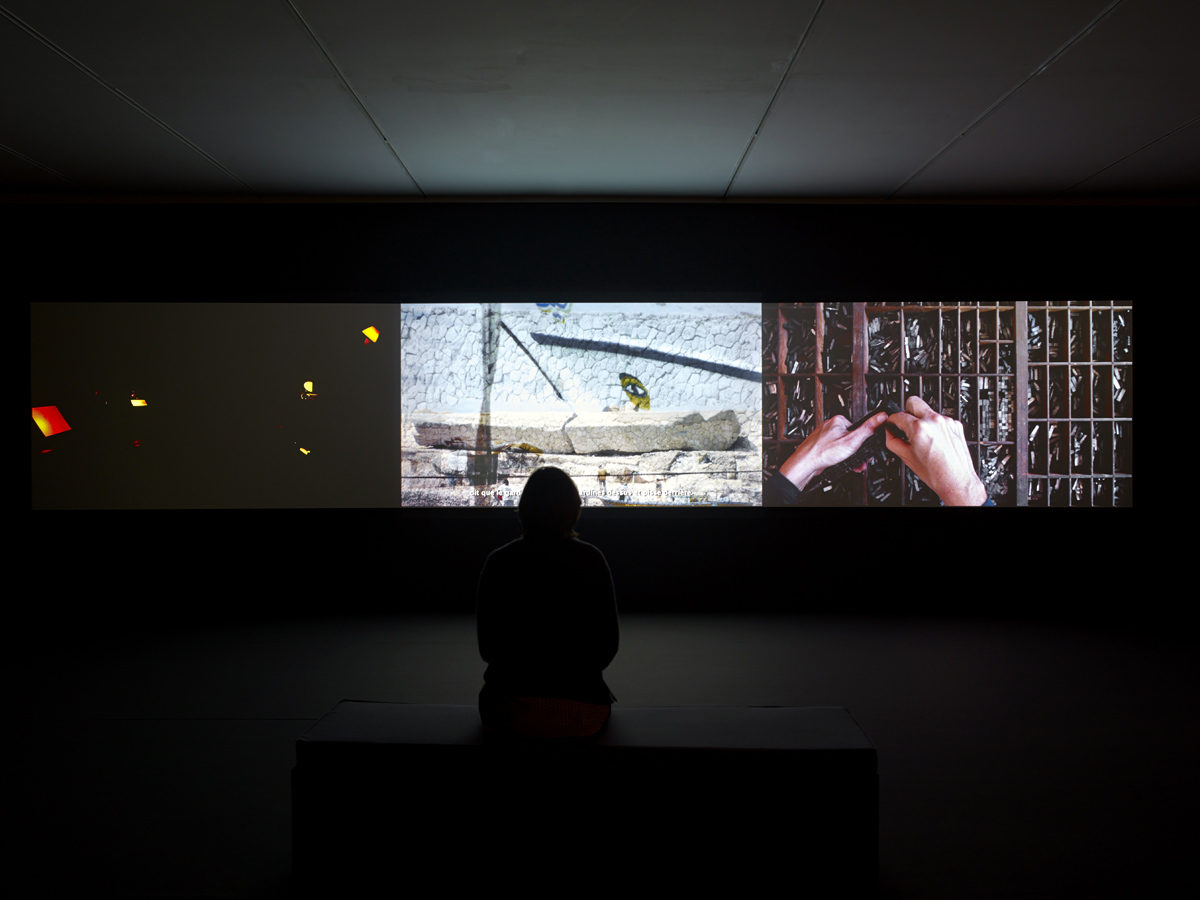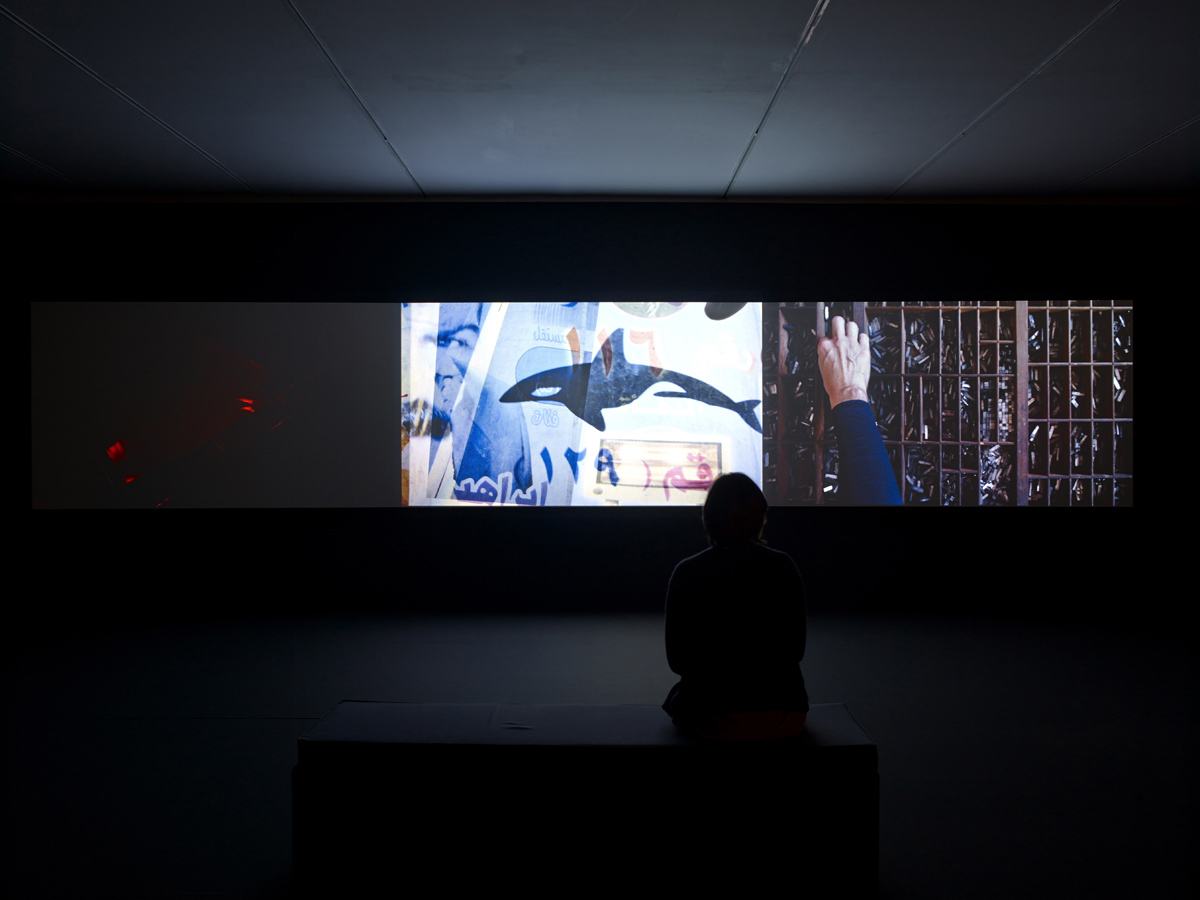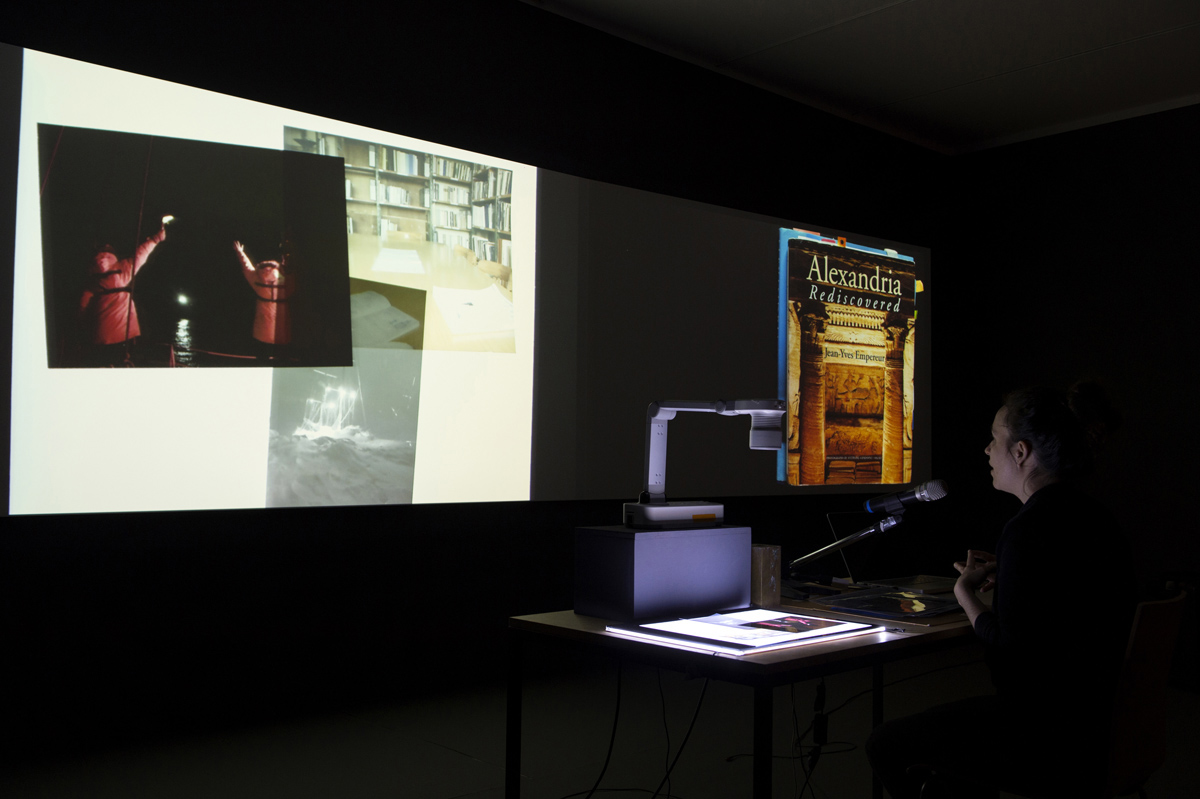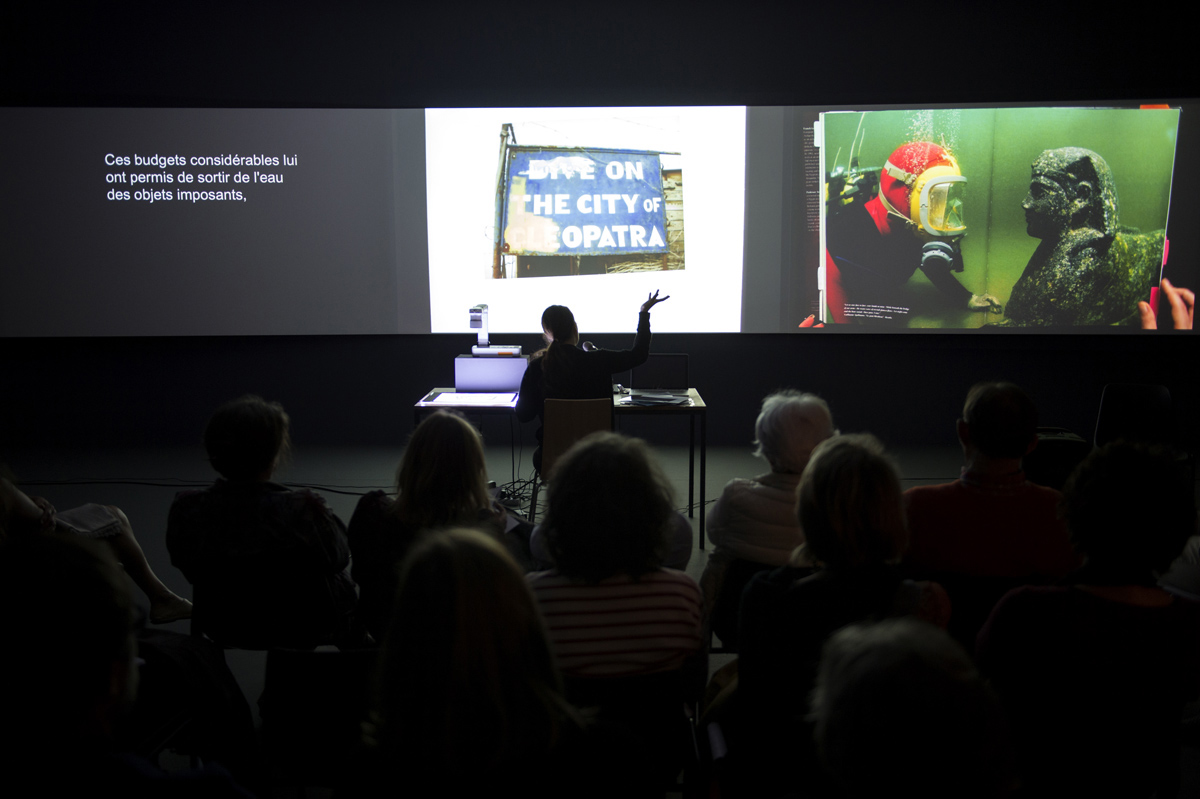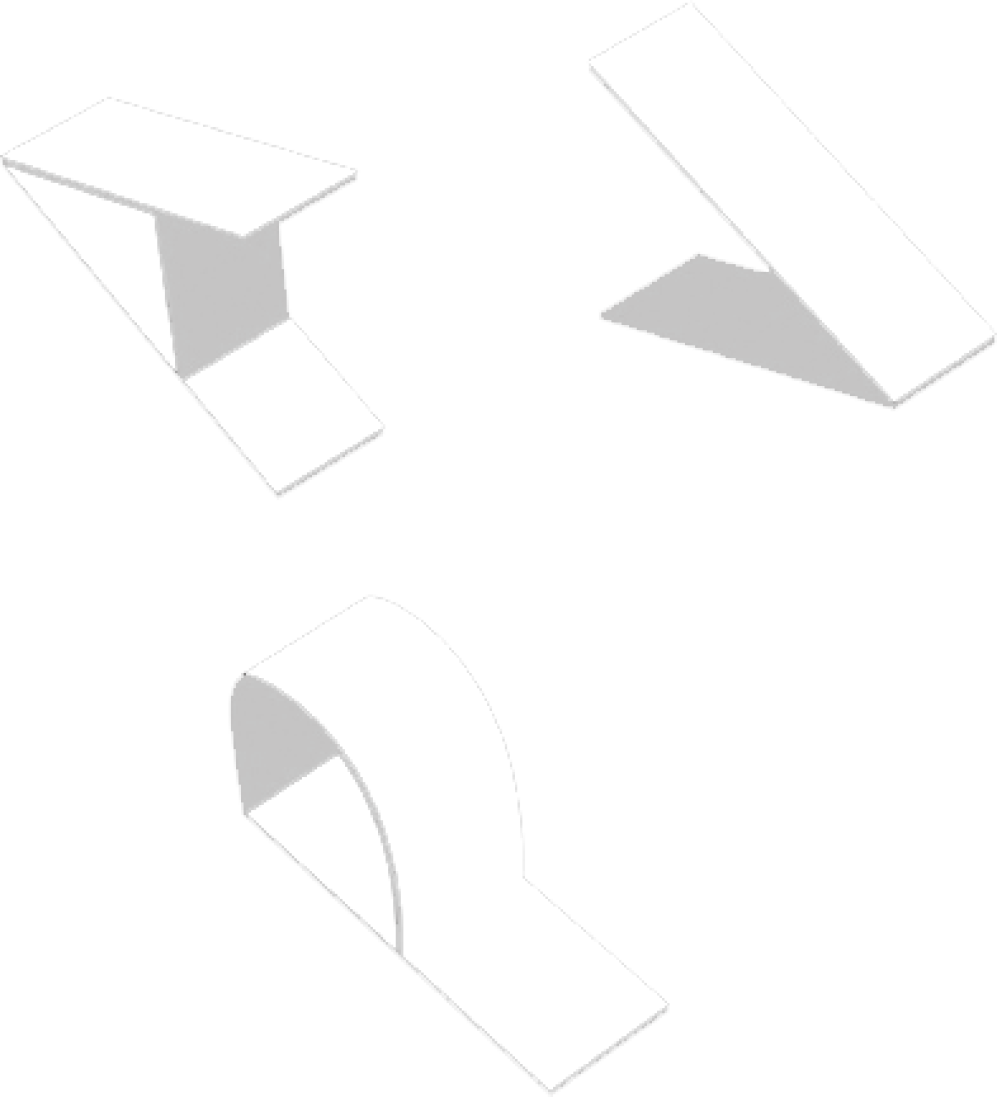Available documents
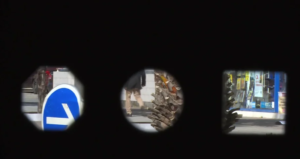
Carré Octogone Cercle, Ellie Ga, 2015
Directed by Sylvain Huet.
Exhibition
The exhibition happened during two time lapses from 28th February to 31st May 2015 and from 27th June to 30th August 2015.
“Is history simply a matter of events that leave behind those things that can be weighed or measured (…) or is it also the result of moments, that seem to leave nothing behind, nothing but the mystery of spectral connections between people separated by space and time, but somehow speaking the same language?”
Greil Marcus, Lipstick Traces.
A number of today’s artists demonstrate a new approach to archival images and the way that connections operate between them. Correspondences between images from a considerable diversity of sources – travel and news photographs, extracts from books, screenshots, film clips, reproductions of artworks or texts – are established using very different visual forms (installation, performance, sculpture or publications) and, through the dynamics of editing, create a passage from recorded reality to possible reality.
Ellie Ga is a part of the line of artists, sometimes described as iconographers, who make “a work of re-membering” the past, and who work with history considered as a forgetful, partial and incomplete material that requires constant present-day reworking to draw new meaning from it. The artist nevertheless holds herself at a distance from these “room-based” practices in the sense that she goes back to the field of perception: her projects, which are always elaborated over the long term, manifest an impressive faculty for immersion that informs her life as much as her work. By turns historian, explorer, archaeologist and essayist, Ellie Ga carries out different scientific researches and fieldwork with the aim of discerning the interstices and lacunas occurring in the porous structure of history. Her installations and performances intersect, continually oscillating between averred historical fact and fabulous conjecture. We could therefore argue that the most adequate description of her approach would be the essay form – a flexible and experimental work in which ideas are drawn as much from the scientific field as from the poetic and in which the author does not pretend to have exhausted the subject.
In 2005, Ellie Ga was invited as artist in residence at the Explorers Club in New York to work with the archives and the collection. For over a year she tracked down the missing pieces of the first ever expedition to the North Pole, revealing the divergences between the explorers concern with documenting a then-unknown territory, the work of archivists conserving the remains of the expedition, and the poetic approach of the artist as explorer. Paying attention to details and anecdotes, this research resulted in a performance (The Catalogue of the Lost). Although she was already engaged in several investigative and collecting activities, Ellie Ga began to attract attention in 2007, when she was on board Tara, a research vessel locked in the ice near the North Pole. From this five month Arctic expedition, the artist produced a collection of performances, installations, videos and texts organized into three categories: Engagements, Episodes and Punctuations. Entitled The Fortunetellers, this project incorporated a large group of documents (photographs, videos, annotated diagrams, maps, travel journals) and aggregated biographical elements and scientific lectures, environmental speculations and the rituals of everyday life in the obscurity of the Arctic night.
After these months spent in darkness, Ellie Ga became interested in the island of Pharos and its “tower of light”, the lighthouse of Alexandria, considered to be the Seventh Wonder of the Ancient World. This Greek monument, built in the 3rd century B. C., was described in terms both laconic and geometric: a rectangular tower rising from an octagonal base and topped by a cylindrical beacon. The lighthouse seems to have been destroyed by a series of earthquakes, but remained until the 14th century and was abundantly commented on thereafter. Once again, Ellie Ga explores less what the archive contains than what is missing and contradictory. Throughout the winter of 2012, she joined a marine archaeology programme at the University of Alexandria and began a kind of “drifting research” across the modern city, in archives and libraries and in the underwater ruins. Out of this came the vast constellation of works being presented in the solo exhibition dedicated to the artist by Le Grand Café art centre: Carré, Octogone, Cercle [Square, Octagon, Circle].
Among the works featured is It Was Restored Again, an installation for two slide projectors: an anthology of images and descriptions demonstrating the historical diversity of readings, witness accounts and stories composed around the lighthouse of Alexandria. The work offers a myriad of textual descriptions and iconographic representations, articulating mythical tales, archaeological evaluations and medieval accounts mixed with imagery elaborated from drawings, coins from Antiquity and diverse fantastical speculations. Slide after slide, the legendary beacon is insistently described; over-defined, the ungraspable monument slips from sight, buried under the weight of the polyphony of uncertain readings. As a counterpoint to the linear nature of It Was Restored Again, the installation Four Thousand Blocks has three simultaneous video projections interweaving stories and metaphors, exploiting the complexity of a tripartite structure. The narratives play out on the central screen while the artist’s hands manipulate transparencies on a lightbox. She talks about her experience – of an artist lost in the meanders of her research – in a clearly detailed voiceover commentary retracing seven stories in which her point of view as narrator continually shifts. At the same time, Ellie Ga talks about moments of lived experience (dives, meetings with the archaeologists such as Jean-Yves Empereur, who she nicknames The Emperor) but also about the myth of the god Toth or historical translation of the Torah… The screens on either side are for their part symbolically given over to the construction of language: the typesetter’s case on one side for the written word and the darkroom on the other for the image, both intrinsically linked to the constant on-screen movement of the artist’s hands – an embodied way of interrogating history that characterises the work as a whole and strengthens the coherence and fluidity of its narrative style.
Beyond this fragmented yet powerful bodily presence, we note the constant attention given to the question of language: by superimposing visual documents and verbal testimony, the artist refers to the notion of palimpsest, an impermanent surface where the identity of the architecture, of the island, and of the myths that surround them, is constructed and deconstructed. As “temporal operators of survivances”, words betray as much as they divulge, indefinitely recharging and discharging (Pharmakon, 2012). On this point, Ellie Ga’s work also recalls the structuralist studies of Gérard Genette (transtextuality, hypertextuality) as well as the arrival of hypertext in our everyday use of the Internet, which generalises a co-construction of meaning through interaction, and new organisations of memory.
With a beautiful simplicity, the artist leads her audience on a captivating textual and visual inquiry, loaded with strata and serendipity – a word defining the faculty of “finding something other than what you were looking for”. Favouring drift and chance meetings, the phenomenon is not so far removed from what André Breton called “slippery facts” or “petrifying coincidences” before alighting on the expression “objective chance” that so impregnated the surrealist spirit. Ellie Ga could be a knowledgeable bore, but instead she is spontaneous and open to the unexpected – an essayist who leaves a lot of room for invention, a precious common point between the researching academic and the creating artist. In a past that is both ridden with gaps and over?documented, where its interpretation and its memory often appear locked up in the imperfections of language, Ellie Ga’s work liberates the circulation of meaning.
Éva Prouteau
Artworks
Variable dimensions
40 x 40 cm each
21 min 45 s
25 x 7,5 x 7,5 x 7,5 cm
50 x 50 cm each
79 x 66 x 66 x 66 cm
40 x 40 cm
23 min 40 s
48,3 x 30,5 cm
40 x 40 cm
Biography
Born in 1976 in New York.
Lives and works in London.
The artist is represented by Bureau gallery (New York).
gallery website
